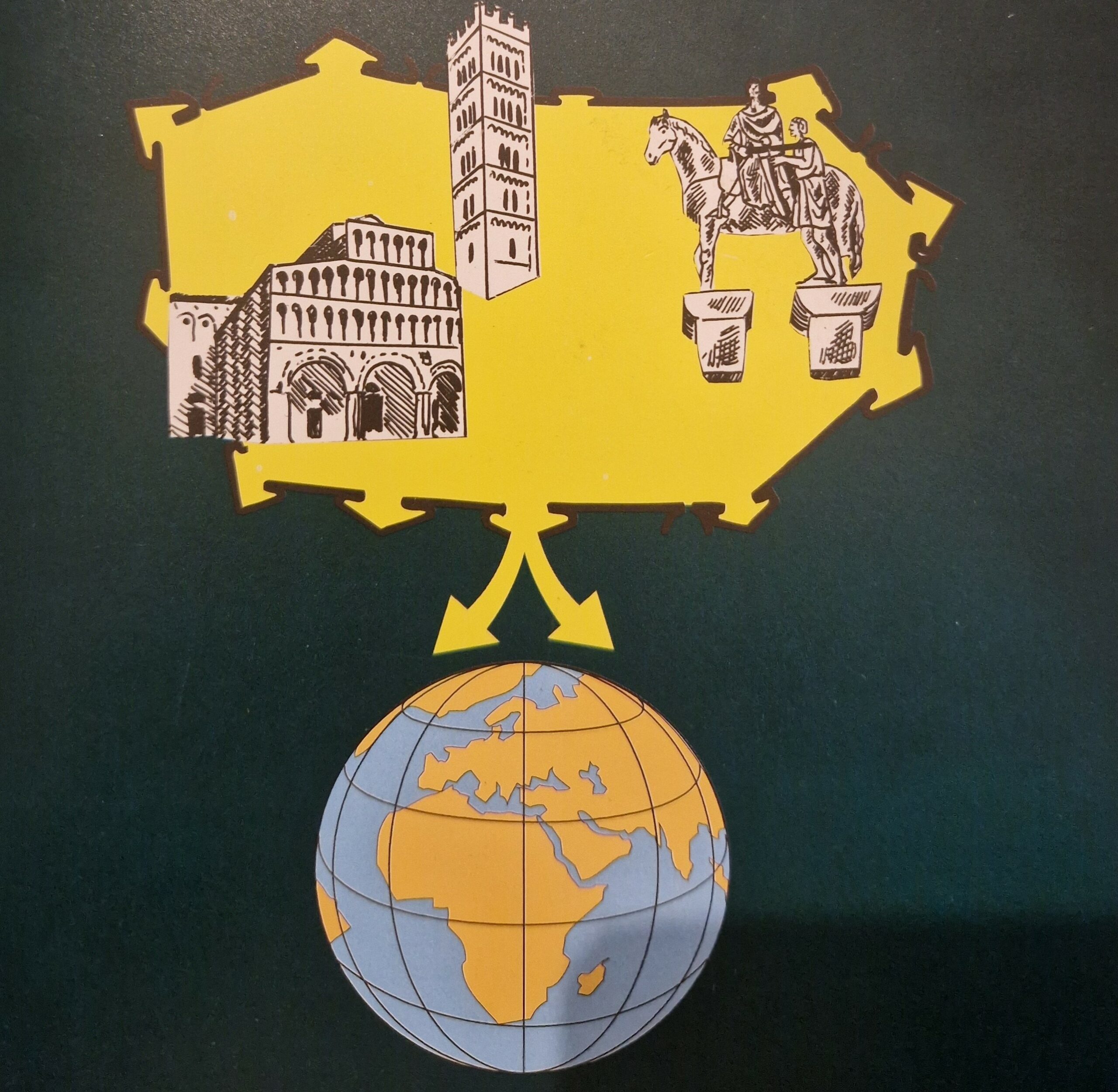
The Beginning of World Mission
“Go into all the world and preach the gospel to every creature!” (Mark 16:15)
Before getting into the heart of the “Missionary” theme, it is important to have a clear understanding of the ecclesiastical vision of foreign missions, which developed in Japan, China, East India, Indonesia, Spain, Portugal, Latin America and Africa.
Historical background
The missions of the Universal Church took shape mainly from the 14th century onward, concentrating particularly in Africa, Asia and India. In these territories, Western missionaries encountered numerous difficulties in spreading the gospel.
While in Europe, at the same time, the Church was losing some of its spiritual prestige due to the heresies of Luther and Calvin, in other parts of the world the evangelical work was being strengthened day by day thanks to the missions of the Jesuits, Dominicans, Franciscans, Capuchins and Carmelites, who reached the most distant and “pagan” nations.
With the support of the Pontiffs, these religious orders began the work of preaching without hesitation. In 1622, Pope Gregory XV had the insight to found the Congregation of Propaganda Fide to coordinate and support missionary activity.
Even before the discovery of the Americas, the Portuguese had started exploratory voyages to India with the aim of bringing the precious goods of the East to Europe. In 1344, Pope Clement VI granted Louis La Cedra a mandate to propagate Christianity in those new lands, founding churches, catechism schools and monasteries.
When, between 1418 and 1484, the Portuguese discovered the western coasts of Africa, Popes Eugene IV and Nicholas V encouraged them to evangelize those lands, providing them with financial means and moral support to spread Christianity among African peoples. However, it was not long before abuses emerged, as many slaves were deported from Africa to Spain, Portugal and the Canary Islands. This generated scandal in Christian countries, and bishops denounced the immoral behavior of those who, instead of catechizing, had become slave traders.
A great defender of human rights and slaves was Bartholomew Las Casas, who, having arrived in the Island of Hispaniola in 1498 with Christopher Columbus, began the evangelization of the natives and strongly opposed the slave trade. Las Casas affirmed that every human being, regardless of color, faith or race, should be respected as a creature of God, condemning the slave trade as inhumane and unjust.
Commitment to the spread of works of mercy
Parallel to their evangelizing work, the missionaries engaged in the concrete practice of works of mercy, which are fundamental to Christian witness. Taking in orphans, supporting the sick, comforting the imprisoned and caring for the poorest were tangible manifestations of God’s love for humanity. These actions, then as now, are at the heart of the missionary experience.
In recent years, this legacy has been rediscovered and enhanced by spazio + spadoni, an initiative committed to revitalizing works of mercy around the world.
spazio + spadoni inspired by the tradition of mercy, connects religious and secular communities to create a global network of solidarity and support. Through the practical application of spiritual and corporal works of mercy, such as feeding the hungry, clothing the naked, visiting the sick and consoling the afflicted, the initiative aims to make the Church’s mission concrete in contemporary contexts.
Missions, then, represent not only the spread of the faith, but also the implementation of those acts of mercy that transform the world. The historical roots of the Lucchese missions, as well as the renewal promoted by spazio + spadoni, are living examples of how love for one’s neighbor knows no boundaries or epochs.
Source
- spazio+spadoni
- “Lucca Missionaria” by Remo Baronti
Images
- “Lucca Missionaria” by Remo Baronti
